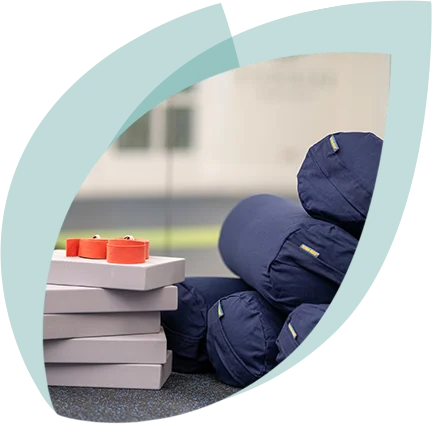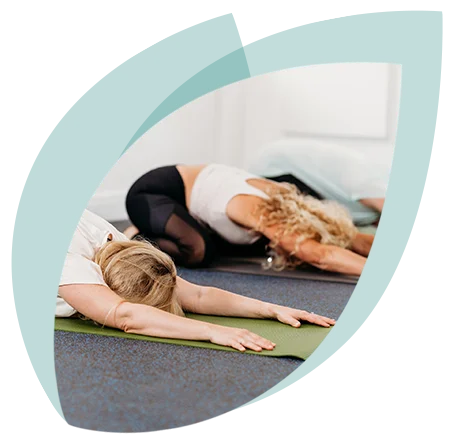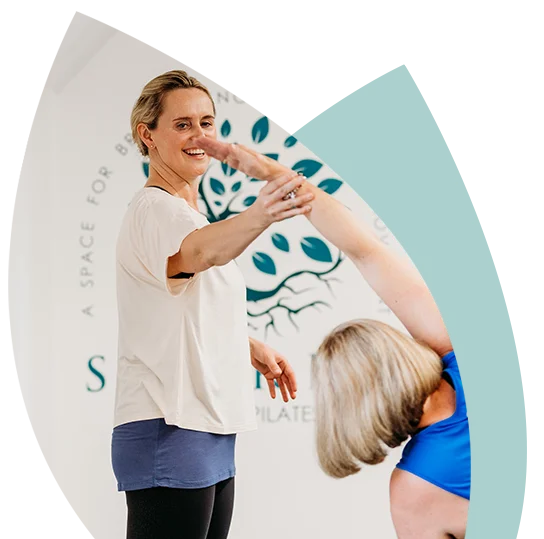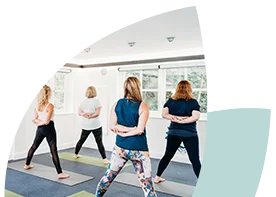
An Introduction to Yin Yoga
If you are new to a yin yoga practice it can be challenging, the lack of movement and the stillness. However, when we understand more about the practice and adapt to this energetic shift it becomes a deeply relaxing form of yoga. Therefore, it helps to know how we can encourage the body to relax and let go, especially in the early days of coming to this practice.
To begin with, each time we come to a pose in our practice we want to start quite far back, a relaxed starting position and then from there we can begin to unravel and release. I often explain to students we want to be at an edge in the pose but have room to explore, we don’t want to be holding with stress and tension in the body. Then when we start each pose in this way it encourages the body to move deeper into relaxing and letting go.
Physically in a yin yoga practice we are not working our muscles to hold a pose but creating a shape to then allow the deep layers of the body to expand and lengthen. Yin yoga helps improve our flexibility and creates more range of movement within the joints in our body. When we approach with patience our practice keeps evolving and we continue to become more mobile, less stressed and relaxed.
Yin yoga is a practice that can help us detoxify, release stress, learn mindfulness and over the many years of teaching this style of yoga have seen it’s also a hugely anti inflammatory practice. It allows us time to reset, to bring balance to our energy levels and to be able to create/connect with the ability to pause and relax simply on our breath.
As we will explore, yin yoga has a positive effect on our emotional, mental, energetic and physical well-being. The more we practise it, the more balance will come to our body and mind. As Norman Blair writes in his inspiring book Brightening Our Inner Skies – Yin and Yoga:
“As we ground, as we breathe, as we release, as we stay, as we study – perhaps there could be a lessening of frustrations and materialism and fanaticism; perhaps there could be a realising that the primary purpose of practice is to be present; perhaps there could be a growing of gratitudes, a diminishing of defensiveness, a growing of receptivity – becoming brighter inside. Instead of tight and tense shoulders, there could be soft and relaxing faces.”
Interested in taking your Yin practice further? Find your Yin Yoga class on our schedule HERE.




